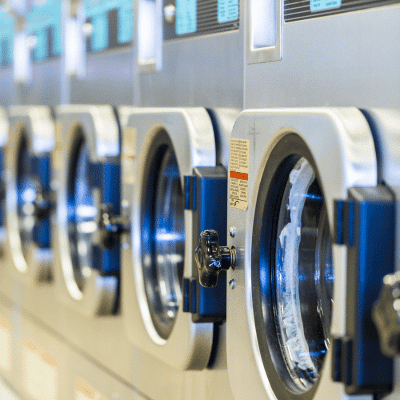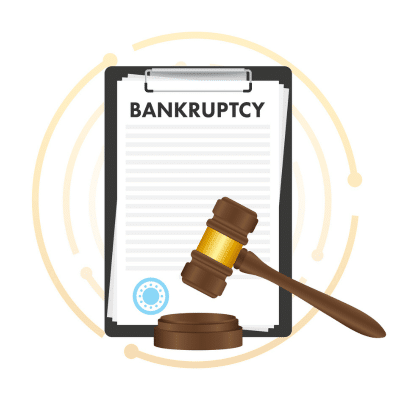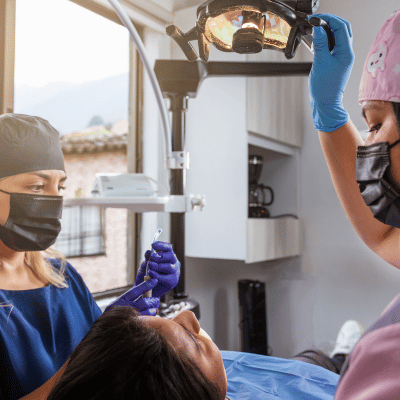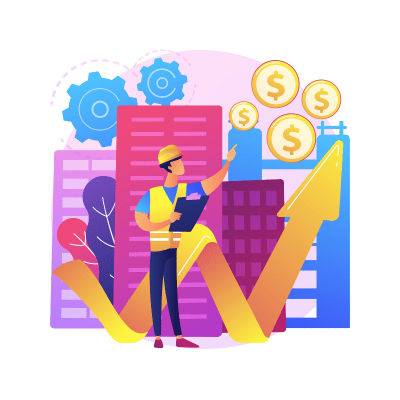Navigating the world of equipment financing can be challenging, especially for businesses or individuals with less-than-perfect credit histories.
Understanding why credit checks are a standard part of the equipment financing process and exploring options like equipment financing solutions for bad credit is crucial for those seeking to acquire essential business assets.
This guide will delve into the reasons behind credit checks for equipment loans and how you can still secure financing with bad credit.
Why Equipment Financing Requires a Credit Check
When applying for equipment financing, lenders typically conduct a credit check as part of the approval process. Understanding the rationale behind this requirement can help borrowers better prepare for and navigate the financing process.
Assessing Creditworthiness
Credit checks help lenders assess the risk of lending to a particular borrower. A credit score numerically represents a borrower’s creditworthiness based on their credit history.
Lenders also look at credit scores to gauge a borrower’s repayment reliability. A higher score suggests a history of timely payments and responsible credit management.
Loan Terms and Interest Rates
A borrower’s credit score can significantly influence the loan terms, including the interest rate, repayment period, and down payment requirements. Higher credit scores often lead to more favorable terms.
Borrowers with higher credit scores typically qualify for lower interest rates, as they are deemed less risky by lenders.
Protecting Lender Interests
By assessing a borrower’s credit score, lenders can minimize the risk of loan defaults. This is especially crucial in equipment financing, where the loan amounts can be substantial.
In equipment financing, the financed equipment often serves as collateral. Lenders use credit checks to ensure that the borrower is likely to maintain the value of the collateral by making timely payments.
What Credit Score Do You Need for an Equipment Loan?
The credit score required for an equipment loan can vary depending on the lender and the type of financing. Generally, a higher credit score increases the likelihood of loan approval and more favorable loan terms.
Typical Credit Score Requirements
Traditional lenders usually look for credit scores in the good to excellent range, typically around 670 and above. This range is often seen as an indicator of financial stability and low risk for the lender.
Certain programs like Ritchie Brothers financing might explicitly state the credit score requirements. Borrowers should check these requirements as they vary from one lender to another.
Flexibility with Credit Scores
Some lenders might offer equipment financing solutions for bad credit, accepting lower credit scores but at higher interest rates or with additional collateral requirements.
No credit check equipment financing options are available, though these might come with higher costs or other trade-offs.
How Hard Is It to Get a Loan for Equipment?
The difficulty of obtaining an equipment loan depends on various factors, including the borrower’s creditworthiness, the type of equipment, and the lender’s policies.
Challenges with Traditional Lenders
- Credit Score and History: Getting an equipment loan from traditional lenders is generally straightforward for borrowers with high credit scores and strong financial histories. However, it can be more challenging for those with lower scores or blemished credit histories.
- Down Payment and Collateral: Lenders may require a substantial down payment or additional collateral for borrowers with lower credit scores, which can be a hurdle for some businesses.
Alternative Financing Solutions
- Equipment Financing with No Money Down: Some lenders offer equipment financing options without down payment, which can benefit businesses lacking immediate capital.
- Bad Credit Options: For borrowers with poor credit, exploring options like excavator financing bad credit or rent-to-own tractors no credit check can provide alternative pathways to acquire the necessary equipment.
- Startups and New Businesses: Equipment financing for startups can be more challenging due to the need for business credit history. However, lenders specializing in startup financing might offer solutions tailored to new businesses.
While obtaining an equipment loan with a high credit score from conventional lenders is relatively straightforward, alternative options are available for those with bad credit or a limited financial history. These alternatives include equipment financing solutions for auto repairs or any other need.
Can You Get Bad Credit Equipment Finance?
Securing equipment finance with bad credit is challenging but possible. Various lenders and financial institutions offer specialized programs for individuals and businesses with less-than-ideal credit scores.
Options for Bad Credit Financing
- Specialized Lenders: Some lenders focus on equipment financing solutions for bad credit, offering loans to those with lower credit scores. These loans may come with higher interest rates or require additional collateral.
- No Credit Check Financing: For those looking for no credit check equipment financing, there are options where the lender does not conduct a traditional credit check. Instead, they may focus on the business’s revenue or the value of the financed equipment.
- Rent-to-Own Programs: Options like rent-to-own tractors and no credit checks provide an alternative route to ownership without traditional financing. These programs typically involve regular rental payments with the option to purchase at the end of the term.
Building Credit for Future Financing
For businesses with bad credit, improving credit scores for future financing needs is crucial. This involves managing current debts responsibly and working with credit repair services.
Best Equipment Loans for Bad Credit In 2024
In 2024, various lenders and programs offer equipment financing for individuals and businesses with bad credit, providing them with the necessary tools to grow and succeed.
Top Financing Options
- Flexible Term Lenders: Some lenders offer flexible terms on equipment loans, accommodating borrowers with bad credit by adjusting interest rates, loan terms, and down payment requirements.
- Online Lenders: Many online financial institutions have more lenient credit requirements than traditional banks and might offer competitive financing solutions for equipment purchases.
- Leasing Options: Equipment leasing can be a viable alternative to outright purchase, often requiring less stringent credit requirements.
Niche Financing Programs
Specific programs like excavator financing bad credit cater to particular equipment types or industries, providing tailored financing solutions that consider those sectors’ unique needs and challenges.
SBA microloans can be a suitable option for smaller equipment needs, especially for startups and businesses with limited credit history.
Summary
Navigating equipment financing with bad credit in 2024 is undoubtedly challenging, but several viable options are available. Specialized lenders and programs provide equipment financing solutions for bad credit, including no credit check equipment financing and rent-to-own tractors no credit check schemes.
These alternatives, while possibly featuring higher interest rates or unique terms, offer crucial opportunities for businesses to access essential equipment.
It’s vital for businesses with credit challenges to explore these diverse financing avenues while working towards improving their credit for future financial endeavors.













